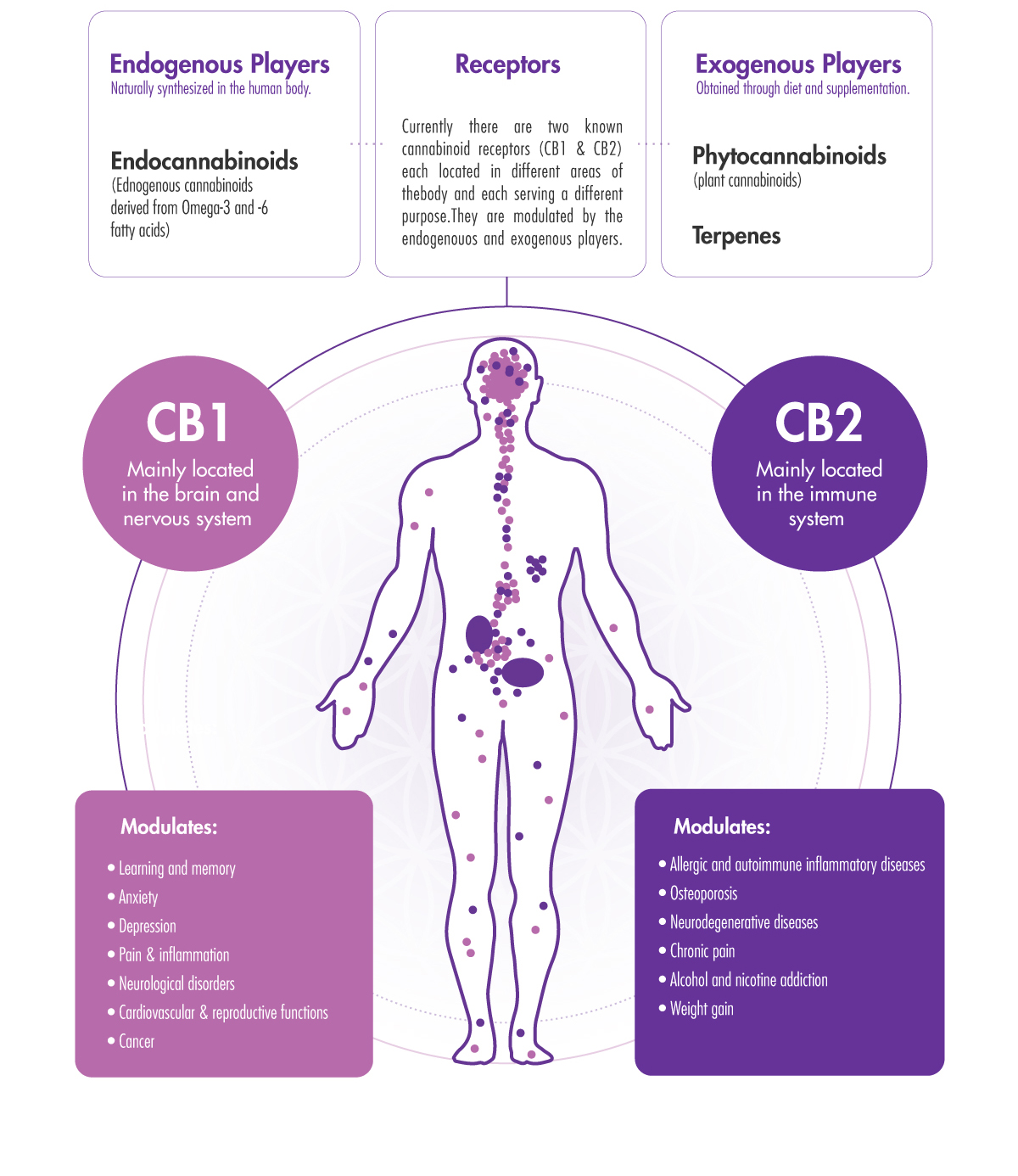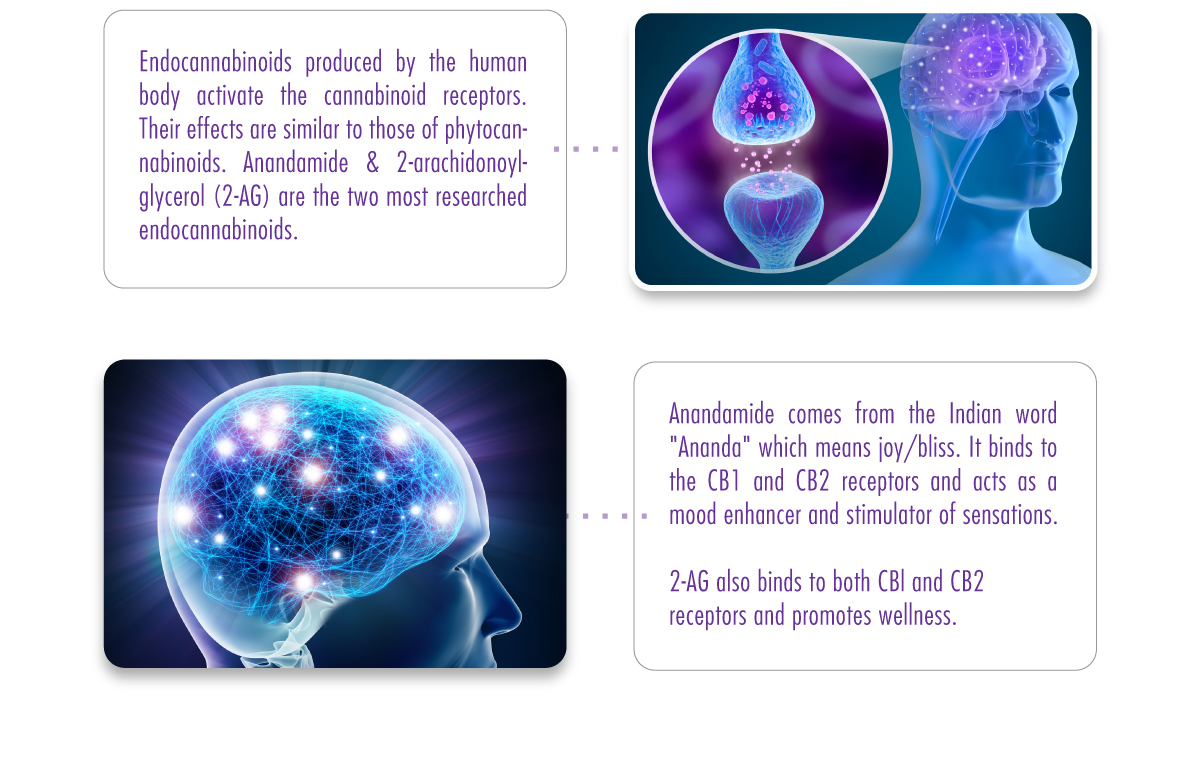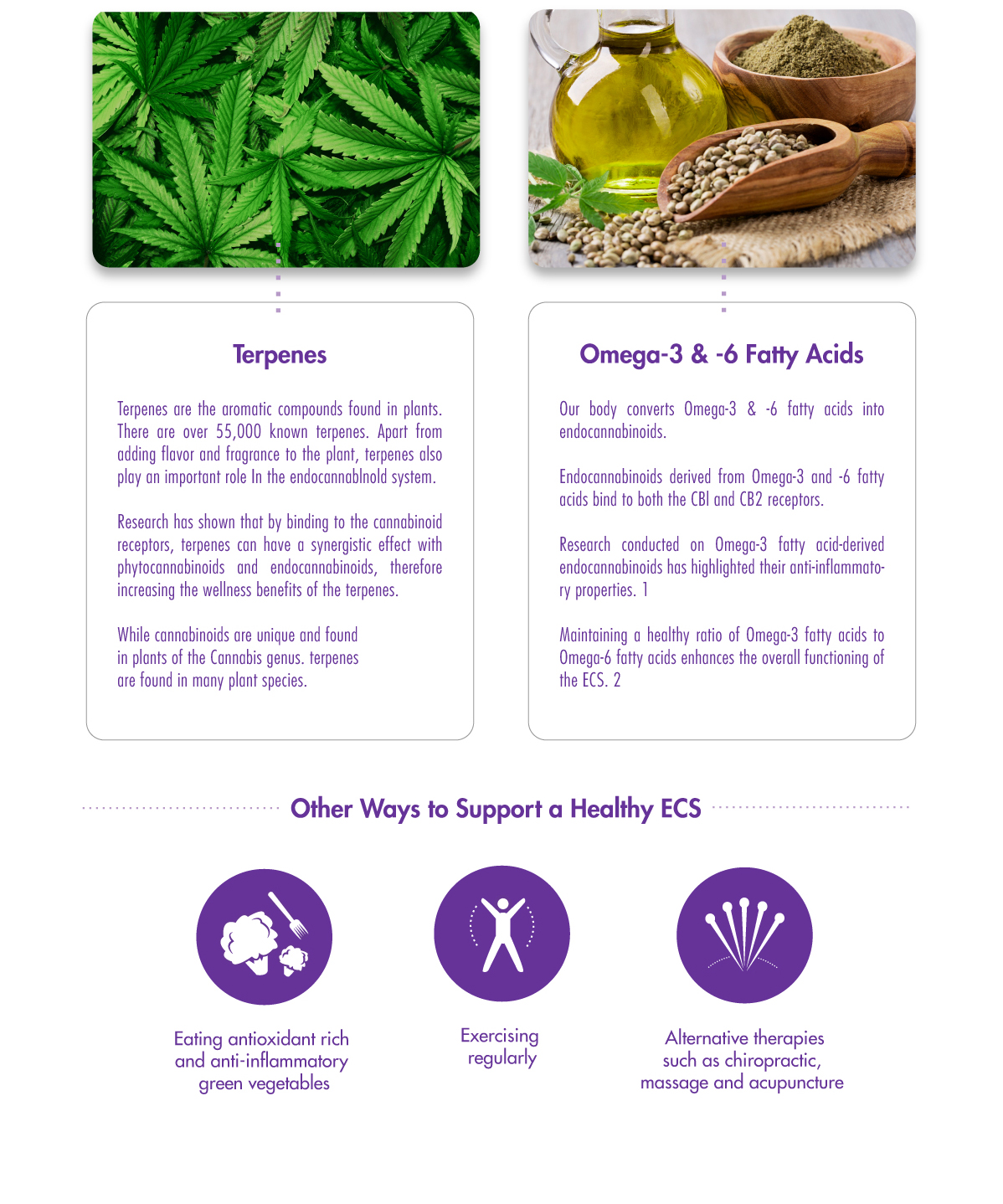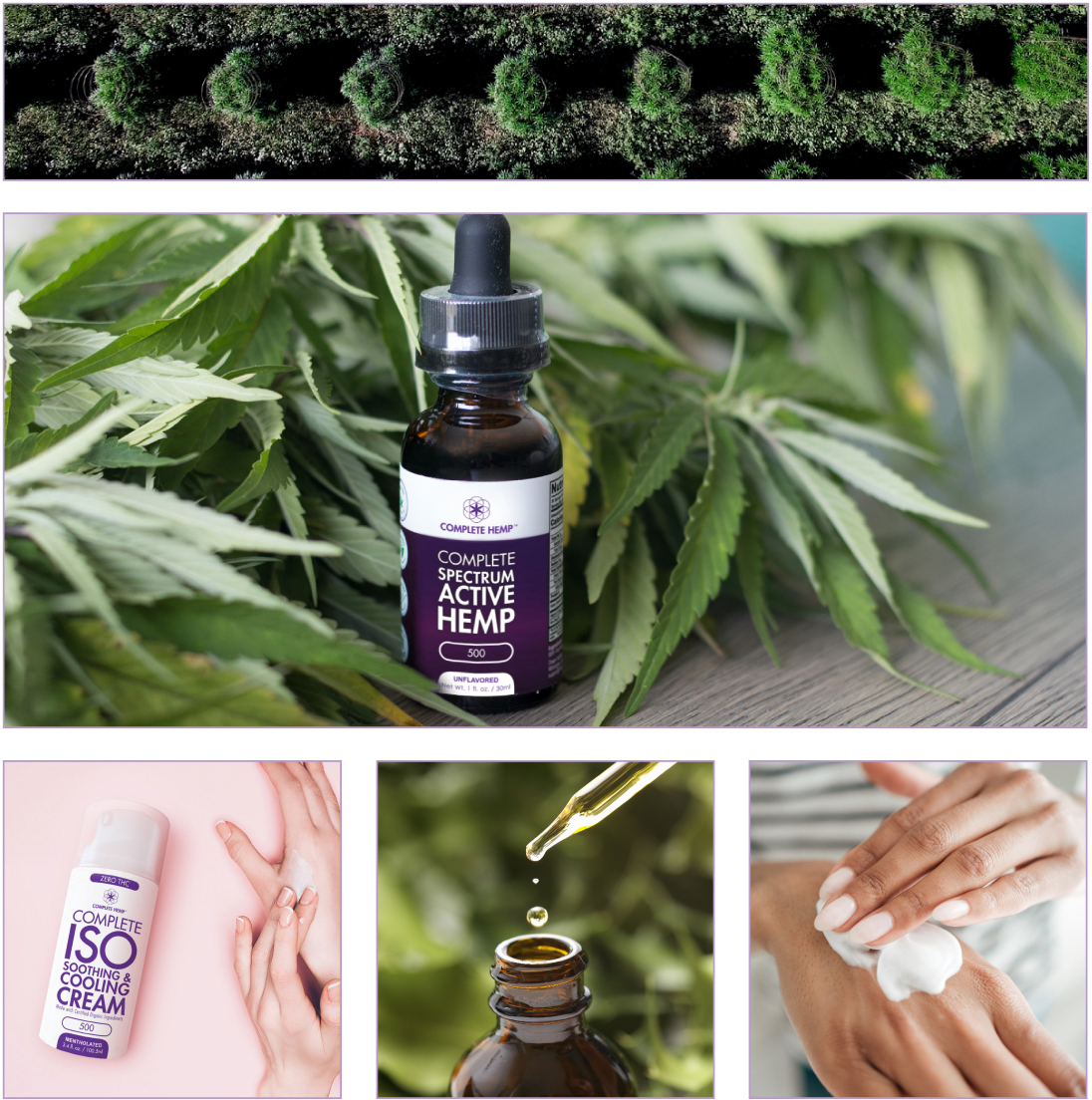Discovering the Endocannabinoid System
Jan 6th 2020

The more research reveals about our health, the more we learn how everything in our body is connected. The key to that connection—and to better health—may just lie in the endocannabinoid system (ECS). The ECS helps to balance many of our physiological systems and supports the body. It impacts just about everything: appetite, immune response, calorie burn, pain and inflammation and even cellular health. But its most important overall function is what scientists call homeostasis—or “balance,” according to Jonny Bowden, author and nutrition expert who holds a PhD in holistic nutrition and is board-certified by the American College of Nutrition. Bowden notes that imbalance is what leads to many common health conditions. Hence, why experts are increasingly supporting the idea that nourishing and modulating the ECS is critical to health and wellness.


The homeostasis-balancing function of the ECS is key to how our body regulates conditions. “The endocannabinoid system is involved in a huge number of disease states—mostly as a protective system,” says pioneering ECS researcher, Hebrew University medicinal chemistry professor Raphael Mechoulam, PhD. According to a 2013 research review published in the Federation of European Biochemical Society Journal, keeping the ECS in balance can positively impact nearly all human conditions, from weight and inflammation to gut, liver and skin issues.
Because the ECS modulates all physiological functioning, and helps the body adapt to changing environmental conditions (including all types of stress), making sure the ECS is healthy is key to systemic health.


Our body creates a neurotransmitter called anandamide (AEA), also known as the bliss molecule. The more AEA, the happier our ECS. But we don’t create a store of AEA to save for when the body needs it, like we do with fat. Instead, our body makes AEA and another compound that stimulates receptors called 2-arachidonoyl glycerol (2-AG) on demand. When needed, they’re created, work and disappear within seconds. What makes them disappear? The fatty acid amide hydrolase (FAAH) breaks down AEA. Cannabinoids work like a missile defense system, interrupting FAAH, the bad guys, before they can break down the AEA and 2-AG, the good guys.


Terpenes and Omega-3 and -6 fatty acids naturally exist to support a healthy endocannabinoid system in your body.
Extensive research conducted on terpenes, specifically, has demonstrated their anti-inflammatory health benefits ' and their antioxidant properties.*




Complete ISO (often labeled as “pure isolated extract”) is extracted through our Supercritical CO2 method where only one compound of the plant – CBD – is extracted to an oil, then cooled until it forms crystals. The crystals are then turned into a powder. The isolate results in a single molecular compound of strictly CBD. There are no other molecular compounds of value found in the isolate. The ISO is best fits if you need to operate any vehicles and is completely THC Free!





Complete Hemp ISO Freeze Cooling Cream contains our ISO Active Hemp Extract. Our formula naturally moisturizes, is deep penetrating, long lasting, and non greasy. It is a harmonious blend of terpene rich certified organic essential oils including Lavender, Rosemary, Clove, Frankincense, Pumpkin, Sweet Almond, Sunflower, and Hops with our Aloe Leaf juice base. We then add Menthol, Camphor, Arnica, Pepper Seed and Peppermint to give you a soothing cooling effect. Our ingredients are never bleached or processed. Our ISO Freeze Cooling Cream is effective and contains NO Sulfates, Phthalates, Parabens, Propylene Glycol, Mineral Oil or Petrolatum and is colorless.



1 McDougle, D. R. et al. (2017). “Anti-inflammatory w-3 endocannabinoid epoxides”. PNAS, July; 114 (30) E6034-E6043.
2 Bosch-Bouju, C. and Layé, S. (2016) “Dietary Omega-6/Omega-3 and Endocannabinoids: Implications for Brain Health and Diseases.”
Cannabinoids in Health and Disease. InTech.
3 Russo, E.B. (2011). “Taming THC: potential cannabis synergy and phytocannabinoid-terpenoid entourage effects”.
Br J Pharmacol, Aug; 163(7): 1344-1364
4 Gonzalez-Burgos, E. and Gomez-Serranillos, M.P. (2012). “Terpene compounds in nature: a review of their potential antioxidant activity”. Curr Med Chem, Nov; 19(31): 5319-5341.

